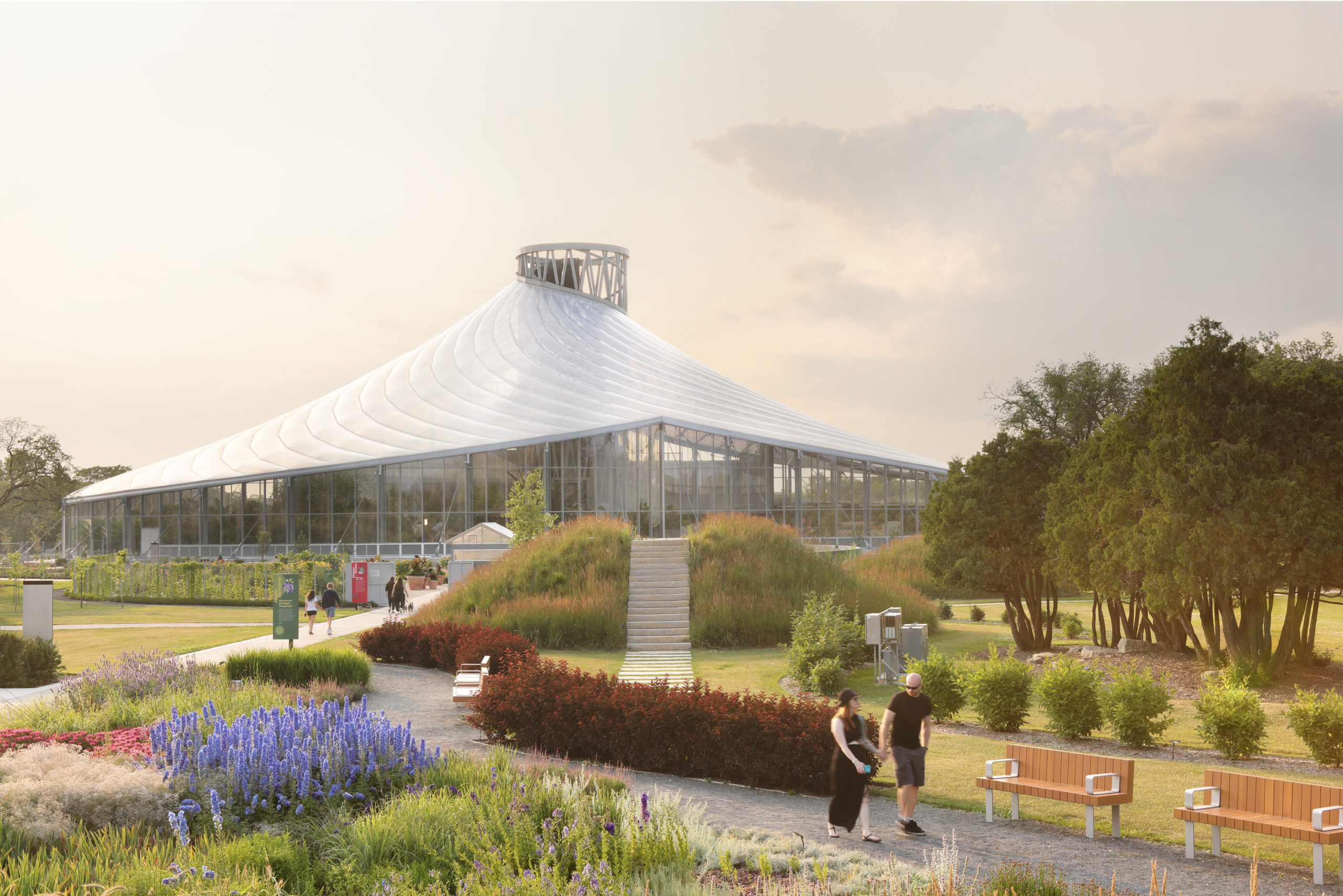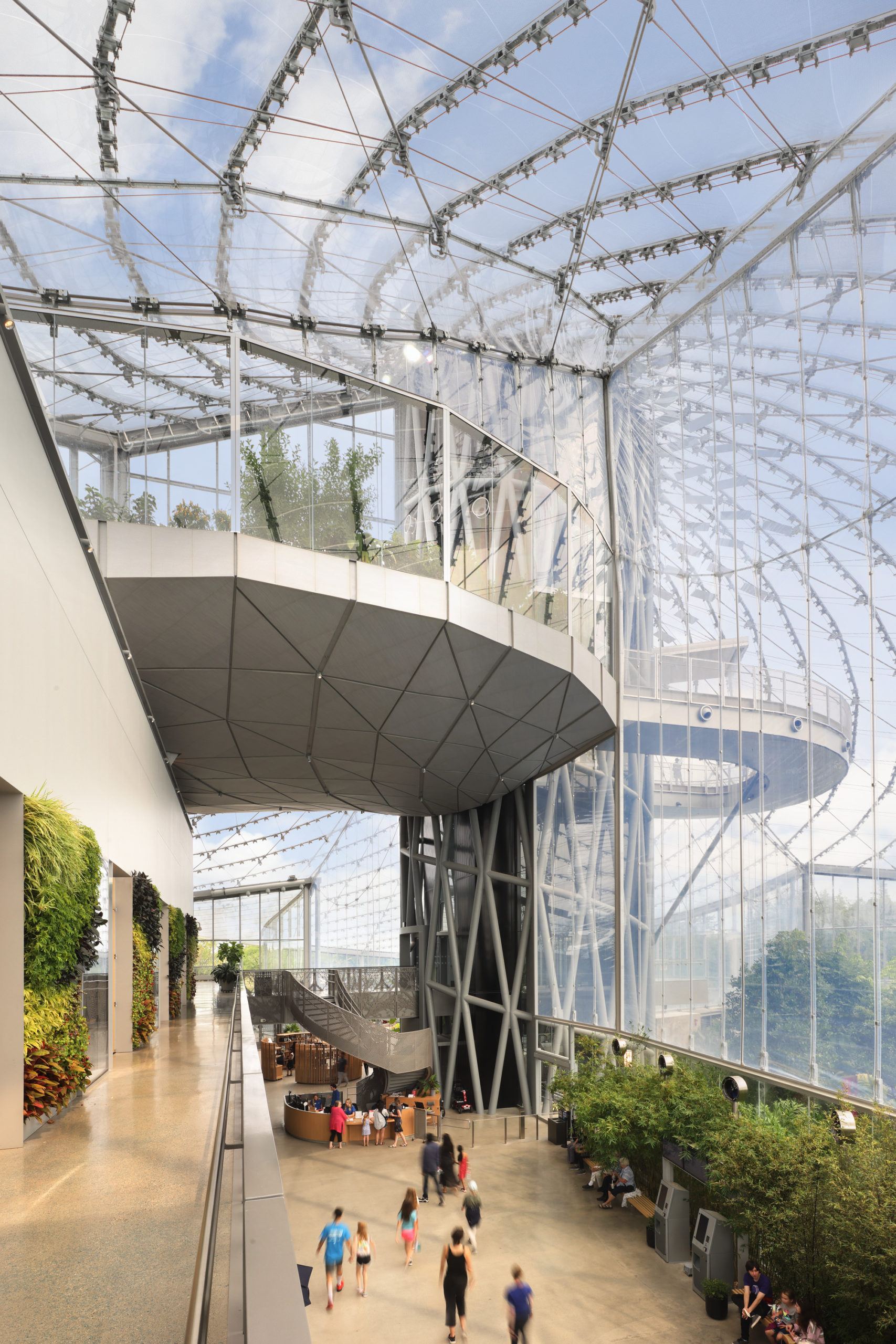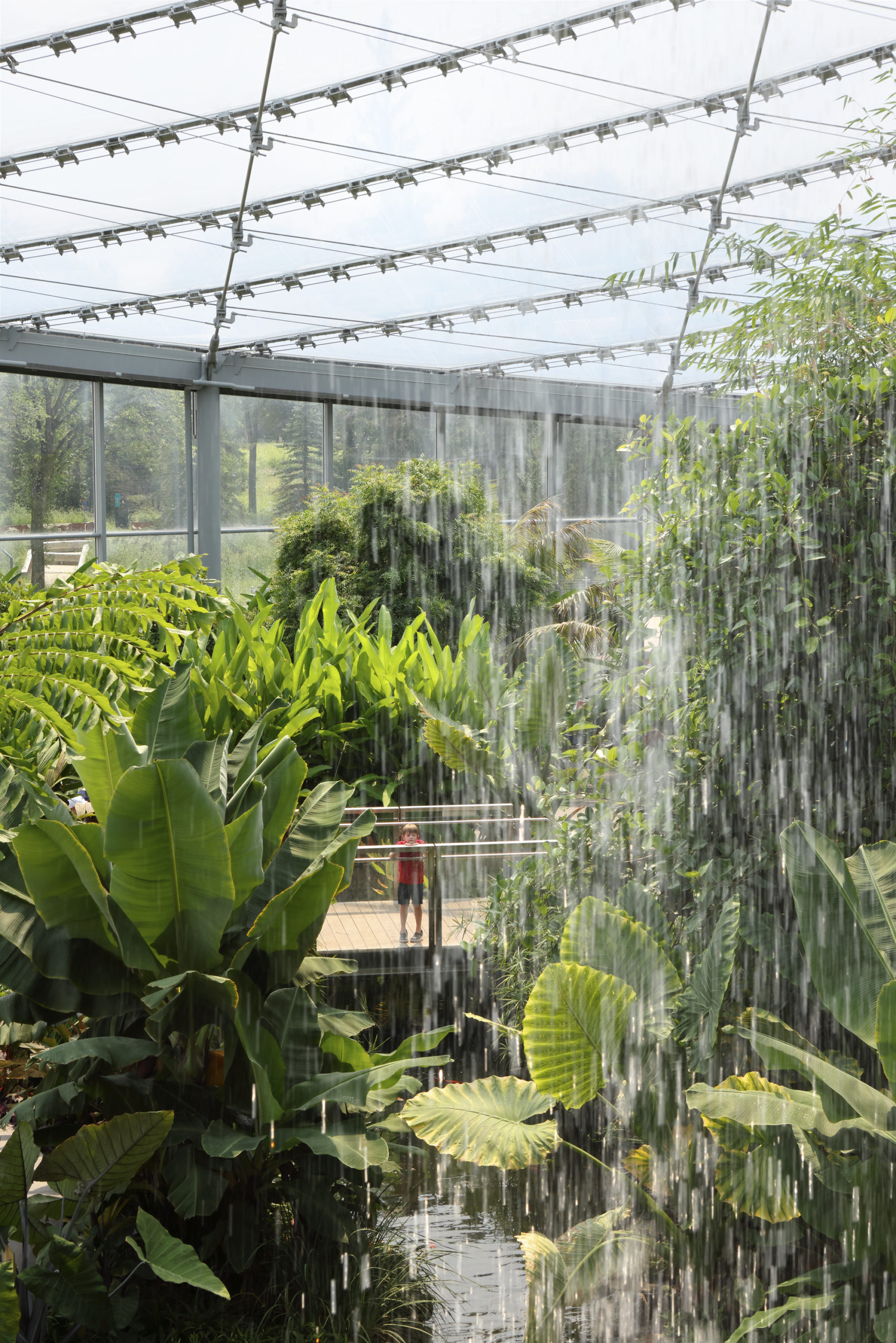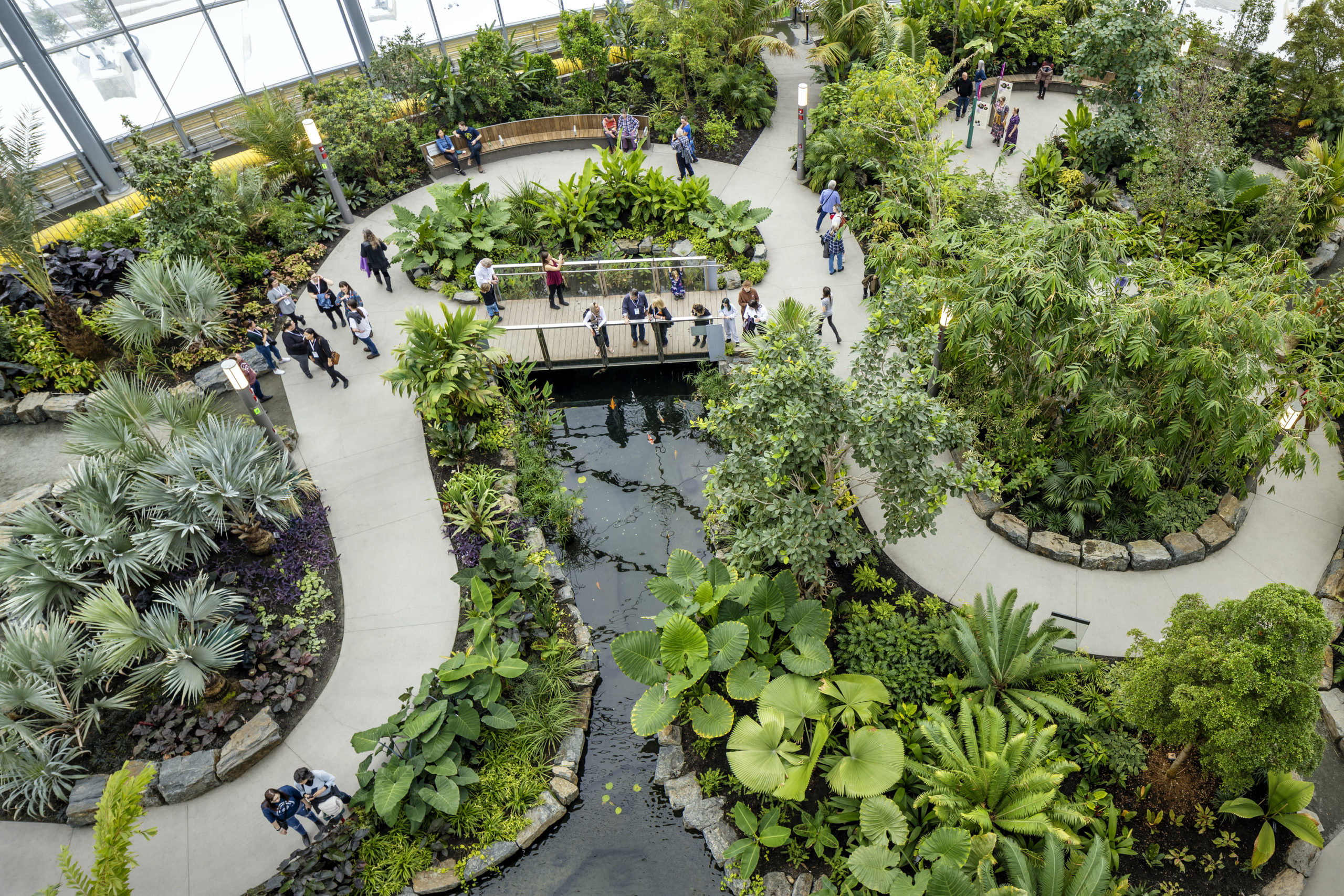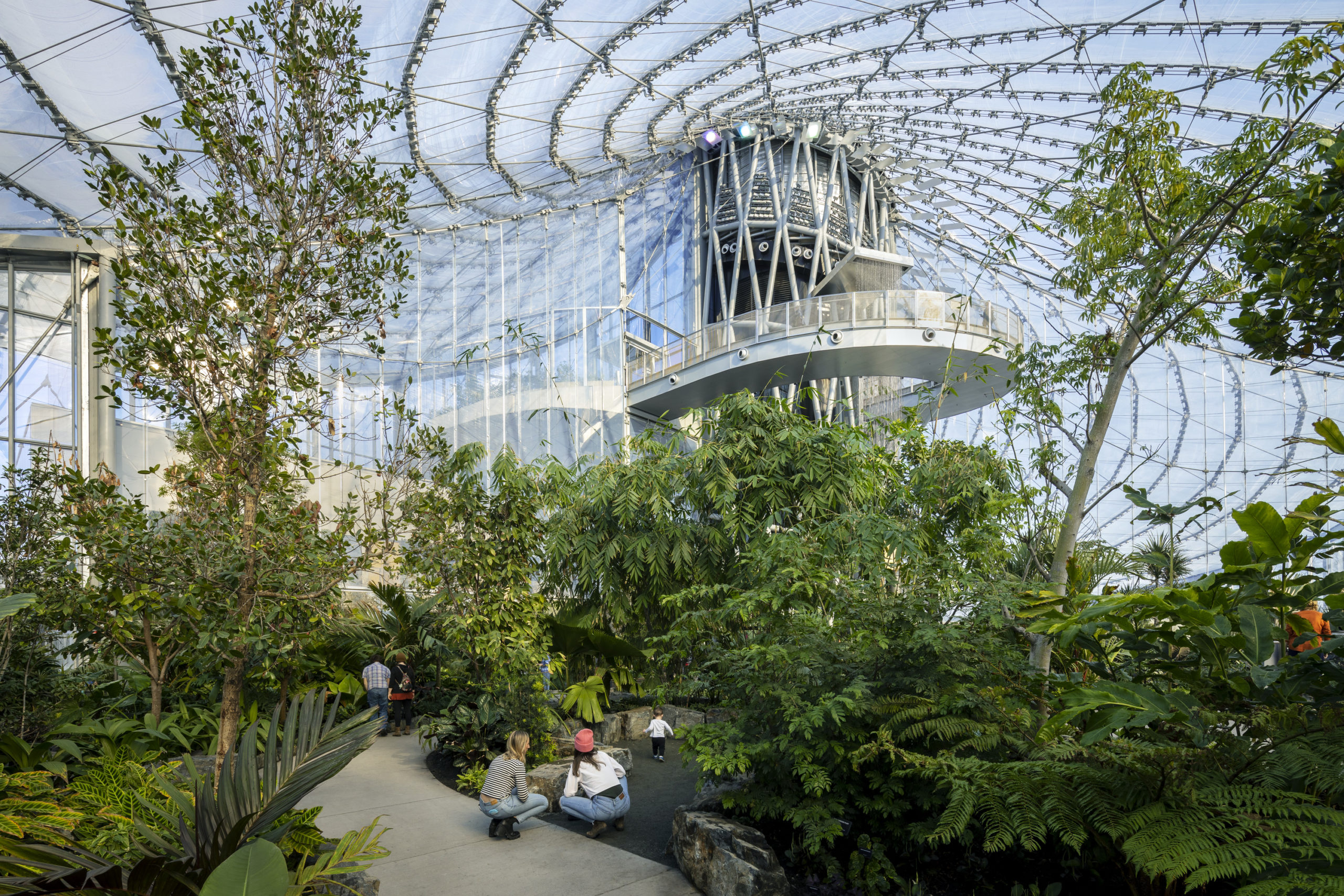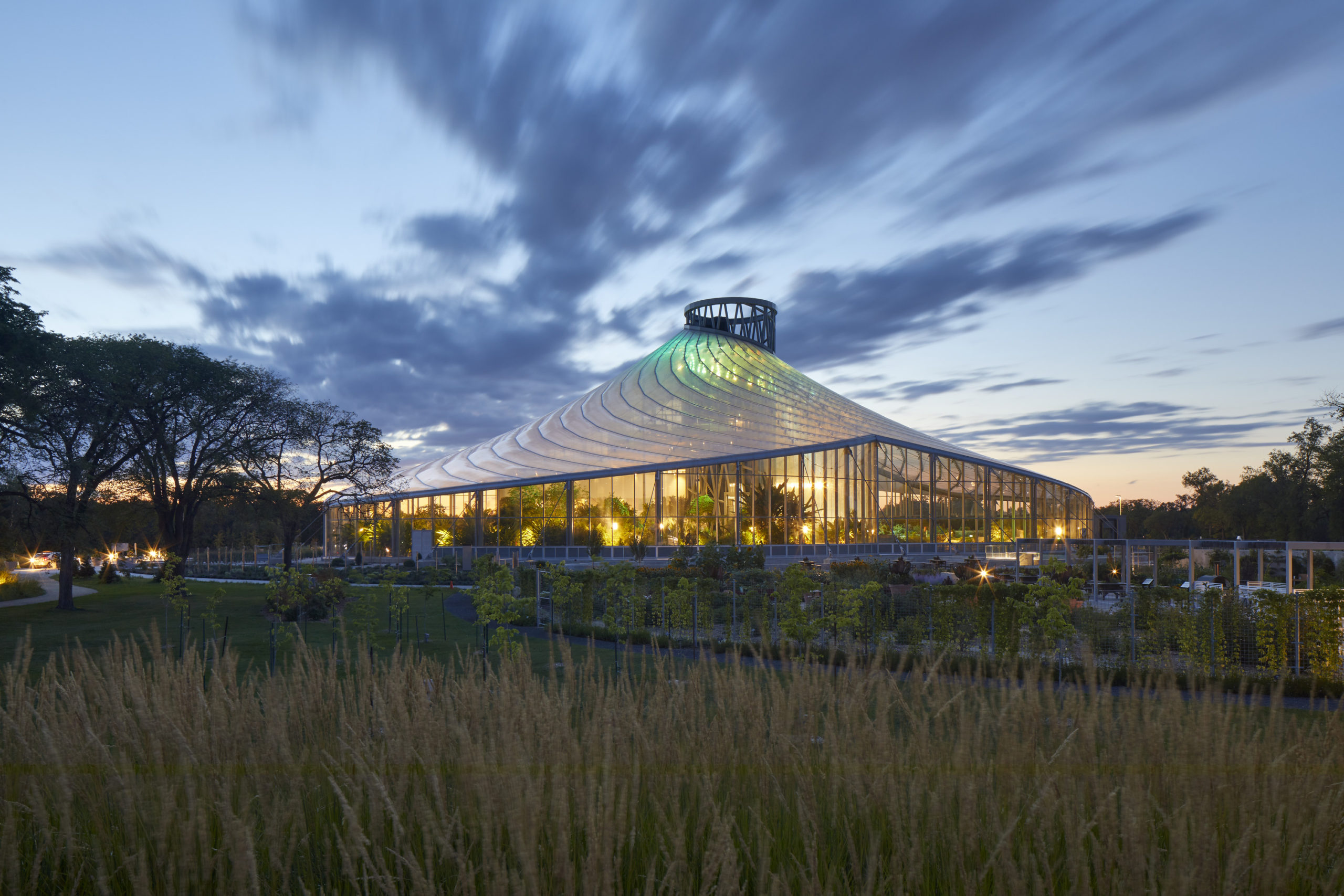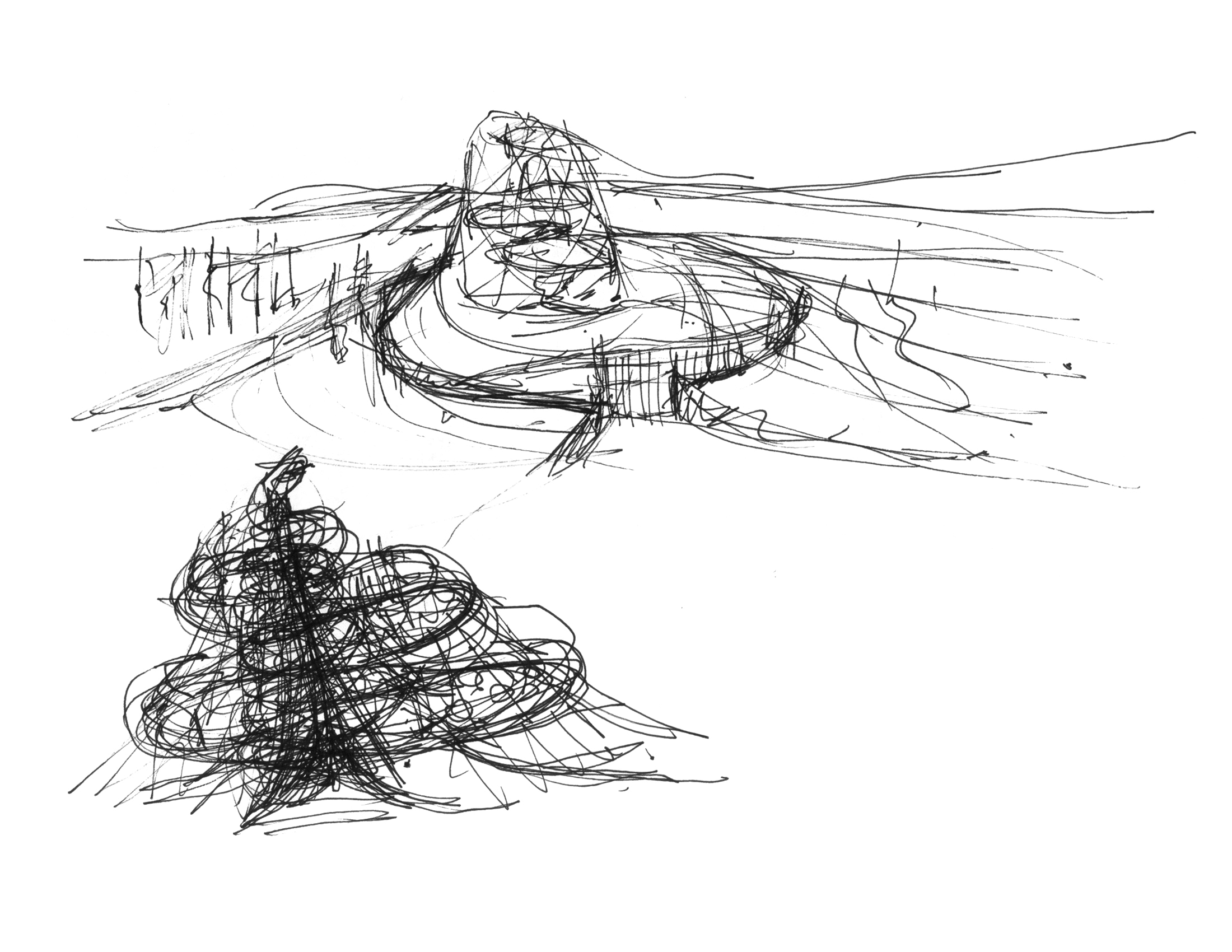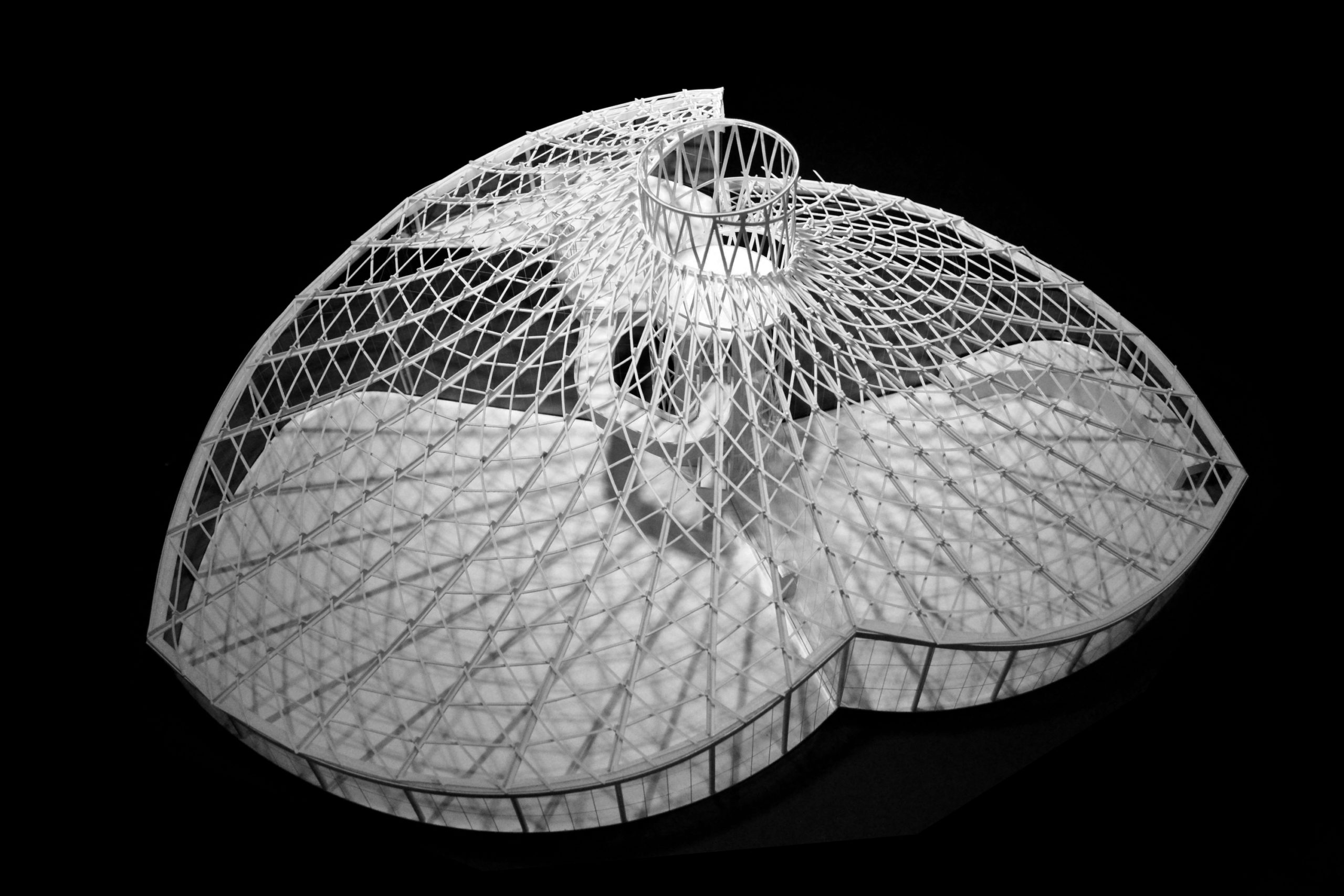The Leaf at Assiniboine Park
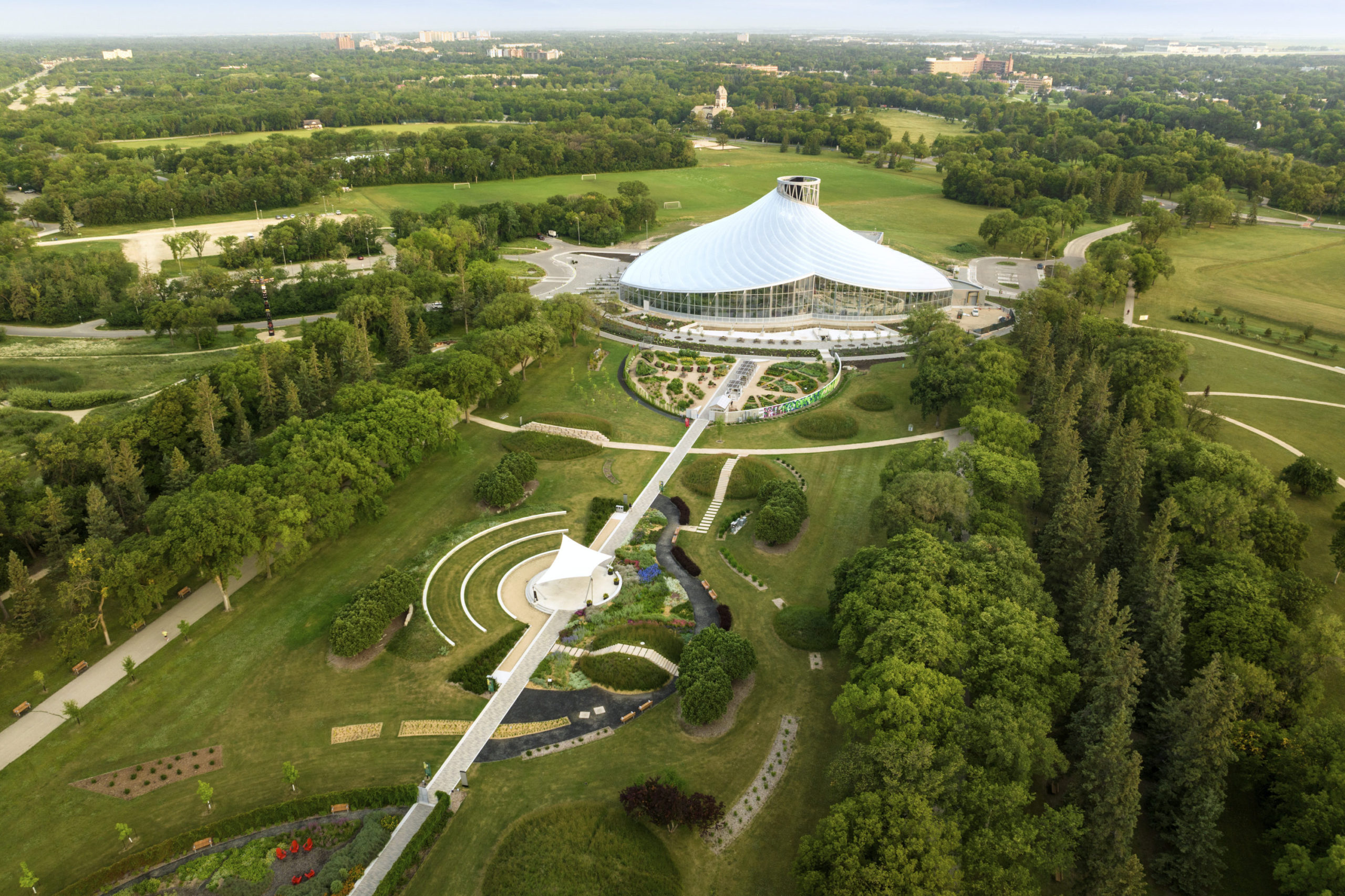
- Location Winnipeg, Manitoba
- Client Assiniboine Park Conservancy, with Corbett Architecture
- Architects KPMB as Design Architect in association with Architecture49
- Completion 2022
- Size 84,400 ft² / 7,840 m²
- Project type Cultural
A Horticultural Sanctuary for the 21st Century
Guided by the ambition to celebrate Canada’s cultural diversity, The Leaf is a new botanical sanctuary located in Winnipeg’s Assiniboine Park. Designed for LEED Gold Certification, the conservatory will capture the imaginations of new generations while promoting a greater understanding and love for the botanical world. The Leaf will play a critical role in shaping how communities perceive, interact with, and understand nature and sustainability.
KPMB’s design stems from nature and the Fibonacci sequence, specifically nautilus shells and sunflowers. The organic form of the conservatory echoes the simplicity and complexity of the many plant species that will be housed within. The array of flora and fauna symbolize the rich medley of cultures that exist within Canada. Glass windows provide expansive views in and out, and welcome locals and international visitors to explore the space and reflect on the beauty and wonder of the natural ecosystem.
The roof unfurls around the conservatory with the grace and elegance of a blossoming flower. Unique in form, the roof also contributes to sustainability goals through the use of Ethylene Tetra Fluoro Ethylene (or, ETFE), a low weight material high in translucency. ETFE is an ideal choice of material for a botanical garden housing plant species that require sunlight. The new exterior gardens and landscaping will complement the interior design elements, connect the building to the outdoors, and provide opportunities for social and community interaction.
The Leaf – Canada’s Diversity Gardens will be a crown jewel attraction of Assiniboine park. It will be a signature piece of architecture that generates awareness and a presence in the park, an interactive destination that focuses on the interrelationships of plants and people, and a sustainable precedent focusing on horticulture, plants and the environment. The welcoming design will spark curiosity and encourage visitors to discover nature in the surrounding 400 acres of parkland.
